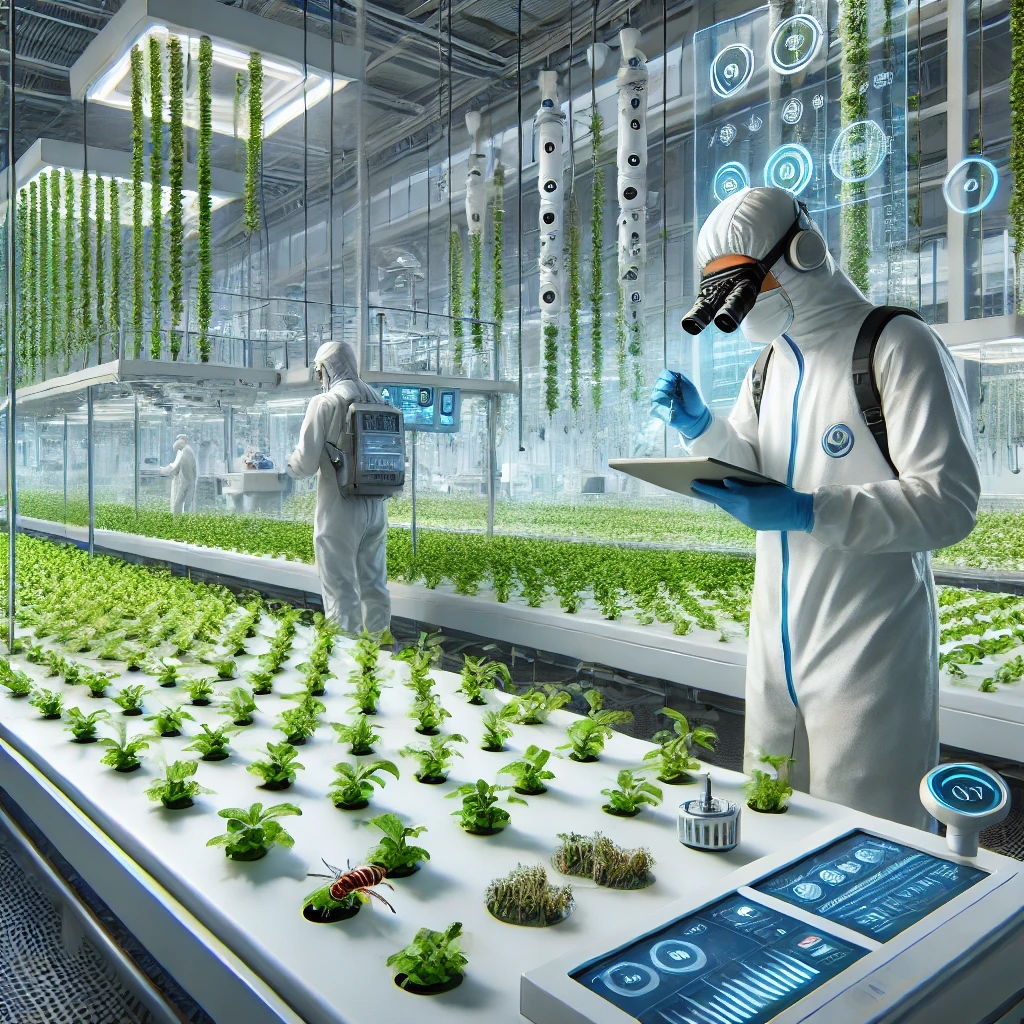Introduction to Hydroponic Cultures
Hydroponic systems are innovative methods of growing plants without soil, using nutrient-rich water solutions. These systems offer numerous advantages, including enhanced growth rates and the ability to grow plants in controlled environments. However, the absence of soil can pose unique challenges for pest control. Developing new methods for managing pests in hydroponic cultures is crucial for maintaining crop health and optimizing yields.
Challenges in Hydroponic Pest Control
Pest control in hydroponic systems presents distinct challenges compared to traditional soil-based agriculture. The enclosed and often high-density environments of hydroponic systems can facilitate the rapid spread of pests. Common pests in hydroponic systems include aphids, whiteflies, and spider mites. Unlike soil-based systems, where beneficial organisms can help manage pests, hydroponic systems often lack these natural predators.
Innovative Pest Control Techniques
Recent advancements in pest control methods for hydroponic systems focus on both chemical and non-chemical approaches. Integrated Pest Management (IPM) strategies are increasingly utilized, combining biological control, physical barriers, and targeted chemical treatments. For example, the use of beneficial insects, such as predatory mites and ladybugs, has shown promise in controlling pest populations without harming the plants. Additionally, physical barriers, such as insect nets and traps, can effectively prevent pests from reaching the plants.
Chemical and Biological Control
Biological control methods involve using natural predators or parasitoids to manage pest populations. This approach reduces the reliance on chemical pesticides, which can disrupt the delicate balance of hydroponic systems. New formulations of biological control agents, such as entomopathogenic fungi and bacteria, are being developed to target specific pests in hydroponic environments. Meanwhile, the careful use of low-impact chemical pesticides can provide targeted control while minimizing environmental impact.
Monitoring and Automation
The implementation of advanced monitoring and automation technologies has revolutionized pest control in hydroponic systems. Sensors and cameras can continuously monitor plant health and detect pest infestations early. Automated systems can then trigger interventions, such as releasing beneficial insects or applying treatments, based on real-time data. This proactive approach enhances the efficiency of pest management and reduces the need for manual inspections.

